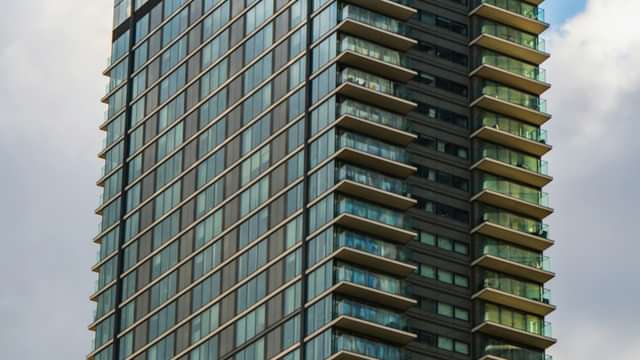The building lease is a combination of a development agreement and traditional FRI lease in which, for a period of time, many of the usual tenant covenants are suspended while the tenant does things to the premises that it would not normally be allowed to do.
When might a building lease be used?
Sometimes a landowner/developer may have the site and the necessary skills to get planning permission, but they might struggle to obtain finance for the scheme; however, a national multiple tenant may be cash-rich and have lots of building expertise. In this situation, it can make sense for a tenant to do the works and be reimbursed its costs by the landlord. The landlord might offer an occupational or building licence to the tenant to facilitate this, but such a licence does not protect a tenant that is expending large sums of money on a development.
Therefore, the main advantage of a building lease over a standard agreement for lease is the ability of the tenant to receive its asset in advance and protect it against the landlord or a receiver, administrator or liquidator by registration at the Land Registry. In a longer lease, the asset will have a capital value and could be used as security for a loan from a bank.
Another advantage to the tenant is the ability to take control of a development and deliver completion of it in its own timeframe, potentially shortening the date when practical completion (PC) would have occurred had a developer been constructing or refurbishing the premises.
The developer may remain responsible for obtaining planning permission, but once this has been achieved, the tenant may not want to leave building of the premises to a developer that does not appreciate its business needs and requirements. Further, it may want to use familiar contractors that understand its requirements. The tenant may also want to do its internal fit out at the same time as it constructs the shell, which is not always possible under the traditional development model. Using the same construction team to do both sets of works at the same time is likely to save time and cost and this will, therefore, allow the tenant to operate or open more quickly.
Essential characteristics
The building lease comprises two stages, namely: before and after PC. Its structure is essentially the same as a normal lease save that many tenant covenants do not come into force until the tenant has completed its building works. It could be used in a new build scenario, but also where a tenant is taking a lease of the whole (such as a stand-alone unit on a retail park) but is carrying out substantial works to the exterior and structure of that unit.
The obligations in respect of the works are often contained in a schedule to the lease and are not dissimilar to those usually found in a development agreement, except that the tenant, not the landlord, carries them out. Included within that schedule may be a specification for the works or a form of building contract.
Some of the key provisions of the lease affected are:
- Alienation: until PC, the tenant will not be allowed to assign or underlet because although the landlord may be satisfied with the original tenant’s ability to complete the works, it would not want another party to do so. The obligation to undertake the works is therefore personal to the original tenant. However, after PC, the tenant of a building lease may have additional statutory rights to alienate.
- Insurance: the usual requirements for the landlord to insure and for the tenant to pay insurance rent do not deal with a construction situation where a tenant or its contractor will insure the works until PC, at which point responsibility passes to the landlord in the usual way.
- Forfeiture: although a landlord may want the ability to terminate the lease if the tenant does not comply with its building obligations, the standard forfeiture provisions are not appropriate before PC.
- Landlord’s rights to enter the premises: the standard rights are not only mostly irrelevant during construction of the premises but could also pose a problem for the tenant’s building contractor since it is responsible for health and safety on the premises until PC.
- Rent review: this will apply only after PC and the parties should consider how the rent review dates should be calculated, namely by reference to the term commencement date or the PC date?
Conclusion
Clearly, a building lease is not always suitable on every deal but is something which tenants may want to think about when negotiating heads of terms and assessing how much money they are spending on works. If they are in a strong position, have the right expertise and the cash, then it is definitely worth some consideration.










































































































